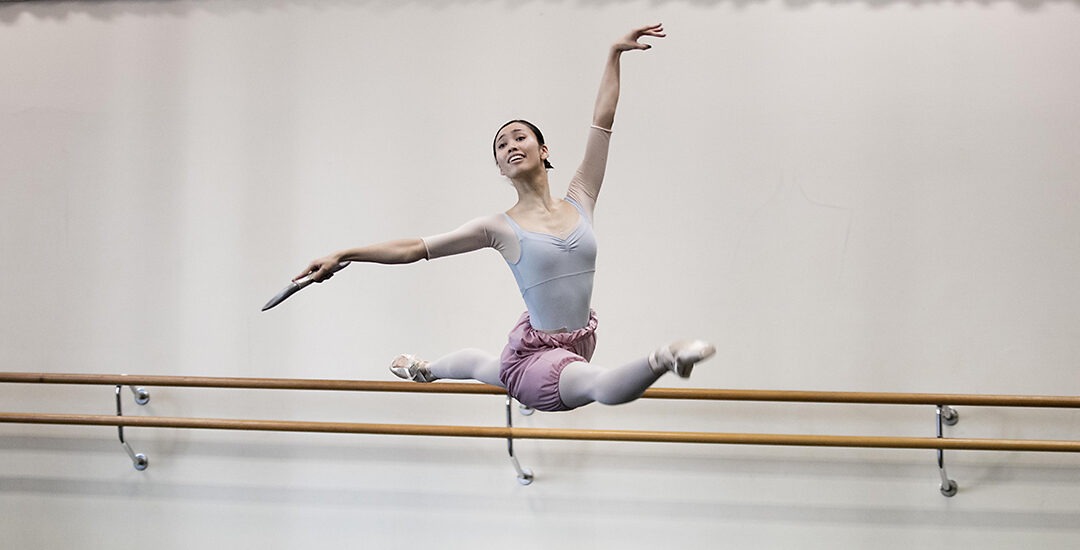Stretching has been utilised in injury prevention and management for a very, very long time. However, is it time to re-think what the actual effect of static stretching is on muscle tissue?
In the early 2000s, The Australian Ballet’s head physiotherapist started introducing compulsory ankle and calf strengthening (over “traditional” stretching their dancers had been doing regularly) to combat a high number of calf, foot and ankle injuries.
This reduced the Ballet’s incidence of injuries significantly and has been a common practice ever since. In fact, the medical team at the Australian Ballet no longer uses stretching for improving the suppleness and flexibility of their dancers. Why does this work?
Just because it feels good, doesn’t mean it’s good for you. When you stretch out a sore, tight-feeling muscle, it feels nice, but you’re just perpetuating the problem, because you’re stretching and weakening something that is already loose and needs to be strengthened.
You’re scratching the itch, but not fixing the cause, like scratching a mosquito bite – you’re just making it worse.
However, this doesn’t mean you should stop stretching all together. What about stretching as part of a warm-up prior to exercise or competition? Throughout the last few years in the athletic population, dynamic stretching has overtaken static stretching as a warm up method.
This involves taking the muscle through a relatively light load, but it’s full range of motion, in essence ‘priming’ the tissue to take higher loads. Bodyweight exercises such as lunges, squats, and bridges are great examples.
So therefore if a muscle feels tight and sore, it is much more effective to strengthen that muscle than to stretch it!
Want to know more?
If you want more information or would like to book for a FREE full body assessment with one of our Physiotherapists or Exercise Physiologists, call us on 03 9857 0644 or email us at admin@mdhealth.com.au
Article and image source: https://australianballet.com.au/blog/strength-beats-stretch



